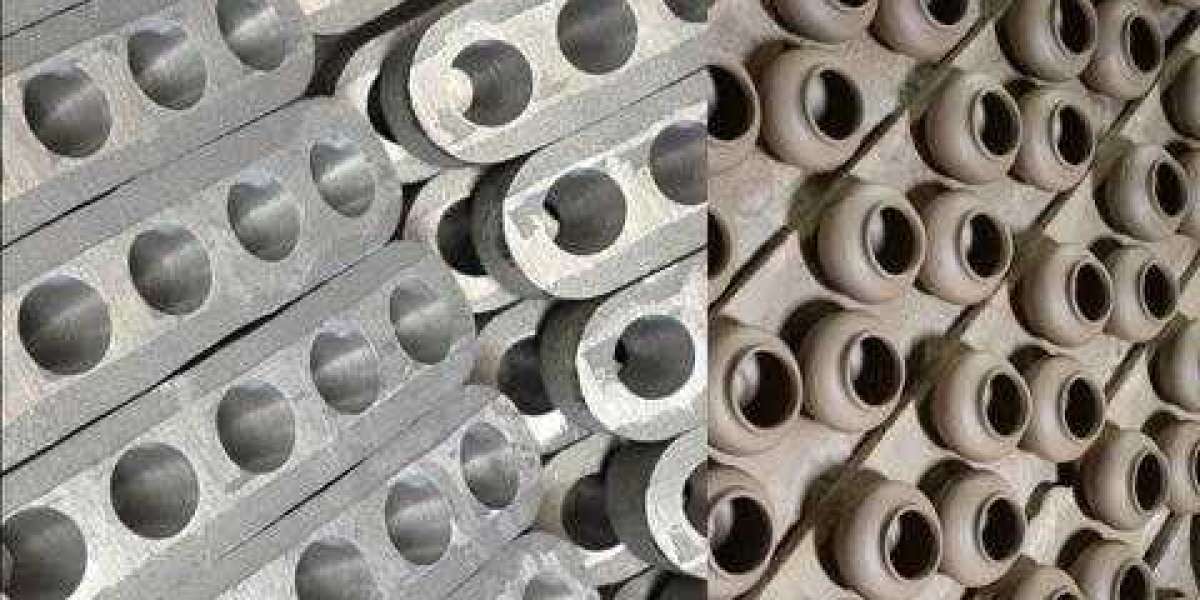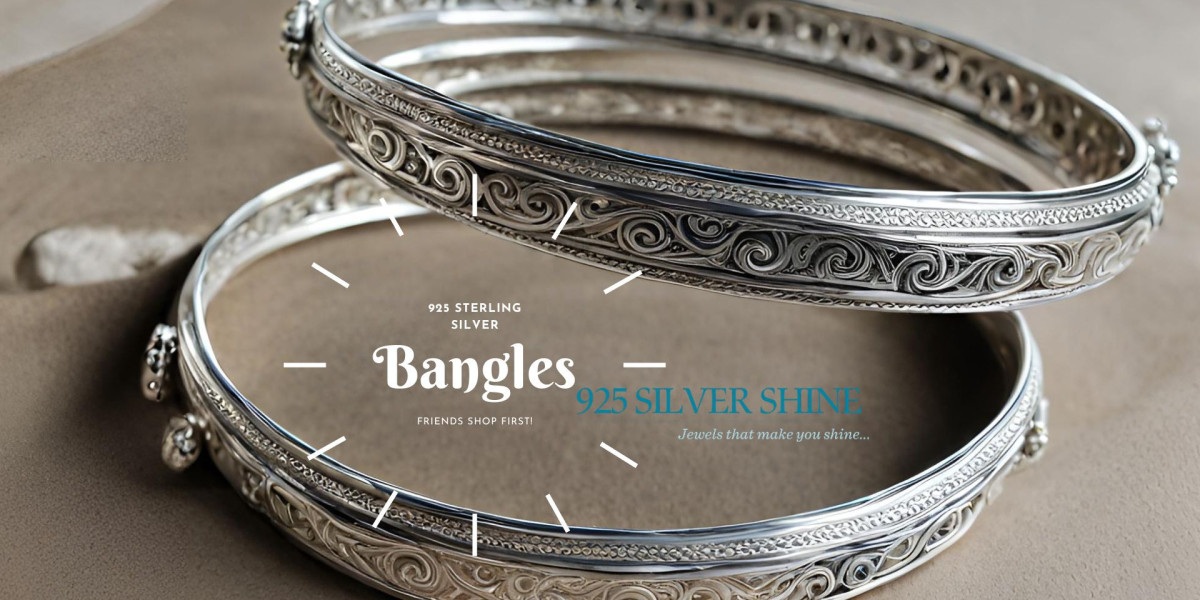Cast iron is a versatile and widely used material with various types, each tailored for specific applications. This guide aims to provide a comprehensive overview of the different types of cast iron, their properties, and common applications, helping you make informed choices for your projects.
1. Gray Iron: The Workhorse of Cast Iron
Overview: Gray iron is the most common types of cast iron, known for its excellent castability, machinability, and cost-effectiveness. It gets its name from the gray appearance of its fracture surface due to the presence of graphite flakes.
Properties:
- High thermal conductivity.
- Excellent damping capacity.
- Good wear resistance.
Applications:
- Engine blocks.
- Pipes.
- Hydraulic cylinders.
- Manhole covers.
2. White Iron: The Wear-Resistant Marvel
Overview: White iron derives its name from its white, crystalline fracture surface. It is highly alloyed with carbide-forming elements, resulting in exceptional hardness and wear resistance.
Properties:
- Very hard and brittle.
- Excellent abrasion resistance.
- Low ductility.
Applications:
- Mining equipment parts.
- Crusher plates.
- Chutes and liners in material handling.
3. Ductile Iron: Strength with Flexibility
Overview: Also known as nodular or spheroidal graphite iron, ductile iron is characterized by the presence of spherical graphite nodules. It combines the strength and durability of cast iron with enhanced ductility.
Properties:
- High tensile strength.
- Good impact resistance.
- Improved elongation.
Applications:
- Automotive components (crankshafts, camshafts).
- Water and sewer pipes.
- Hydraulic components.
- Gears and pulleys.
4. Malleable Iron: The Formable Choice
Overview: Malleable iron is created by heat treating white iron or cast iron, resulting in a structure that can be bent or shaped without fracture. It combines some of the ductility of ductile iron with the castability of gray iron.
Properties:
- Good ductility and machinability.
- Moderate strength.
- Weldable.
Applications:
- Pipe fittings.
- Agricultural equipment.
- Valve bodies.
- Electrical fittings.
5. Compacted Graphite Iron (CGI): The High-Temperature Contender
Overview: CGI exhibits a unique microstructure with compacted graphite particles. It offers a combination of high strength, good thermal conductivity, and high temperature resistance.
Properties:
- High strength and stiffness.
- Excellent thermal conductivity.
- Improved fatigue strength.
Applications:
- Cylinder blocks in high-performance engines.
- Brake discs.
- Exhaust manifolds.
Conclusion:
Understanding the different types of cast iron is crucial for selecting the right material for your specific application. Consider factors such as mechanical properties, cost, and machinability to ensure that your chosen cast iron type aligns with the requirements of your project, leading to optimal performance and longevity.
For more information visit here Machinedcasting.








